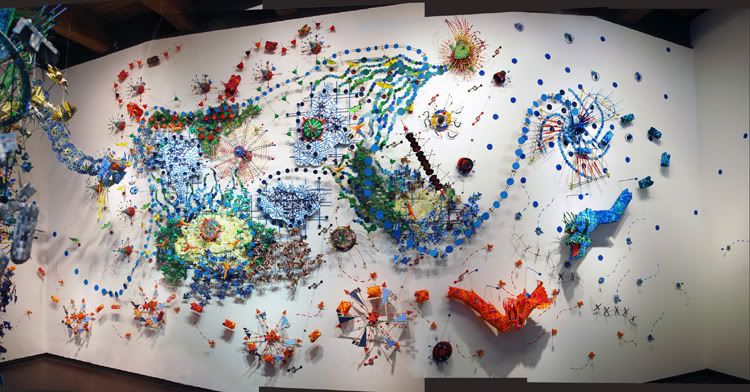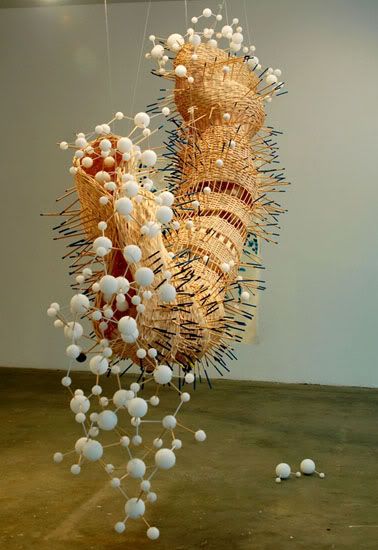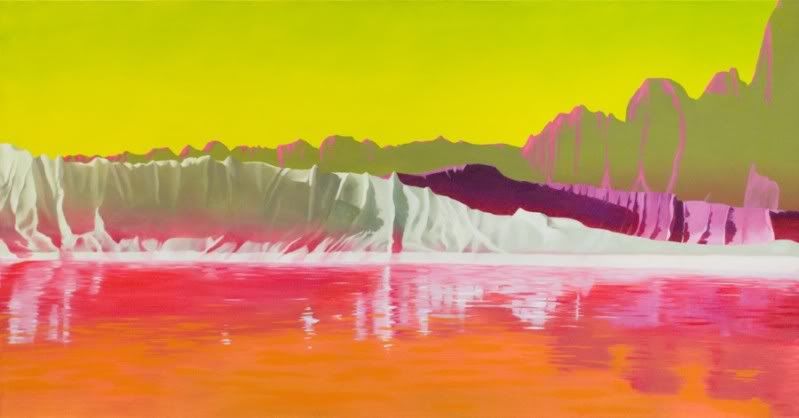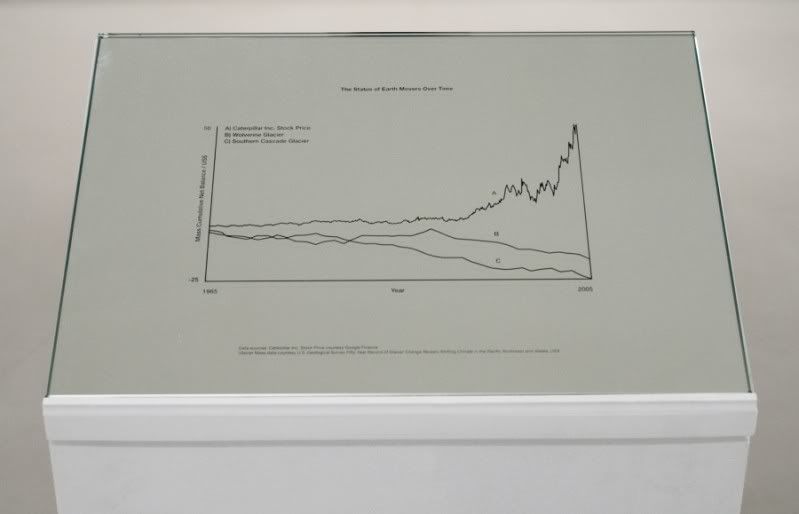Several people (i.e.
this is a what) have recently posted the wonderous illustrations of
Katie Scott, but how could I resist? They remind me of course of botonical and zoological illustrations of Ernst Haeckel, with a modern, magical twist.




 Ernst Haekel
Ernst Haekel(February 16, 1834 – August 9, 1919), the famed German biologist, naturalist, philosopher, physician, professor and artist, whose book
"Art Forms in Nature" filled with lovely 19th century scientific illustrations of biology has inspired many of my prints. I've had Haeckel on the brain even more than usual,
having completed his portrait this week. So here we have the man himself, surrounded by several of the creatures he depicted. Clockwise from the top we have:
rugosa, a
foraminifer (or foram), a
tubularid hydroid, homo sapiens (Ernst Haeckel), a
dinoflagellate, and a sea slug or
nudibranch.

Katie Scott's familiar, yet imaginary creatures, also remind me of my favorite book which I've never seen in person*: the
Codex Seraphinianus, written and illustrated by Italian architect Luigi Serafini from 1976 to 1978. It's a visual encyclopedia, of a foreign, paradoxical yet familiar, world, complete with its own language and obscure meanings.




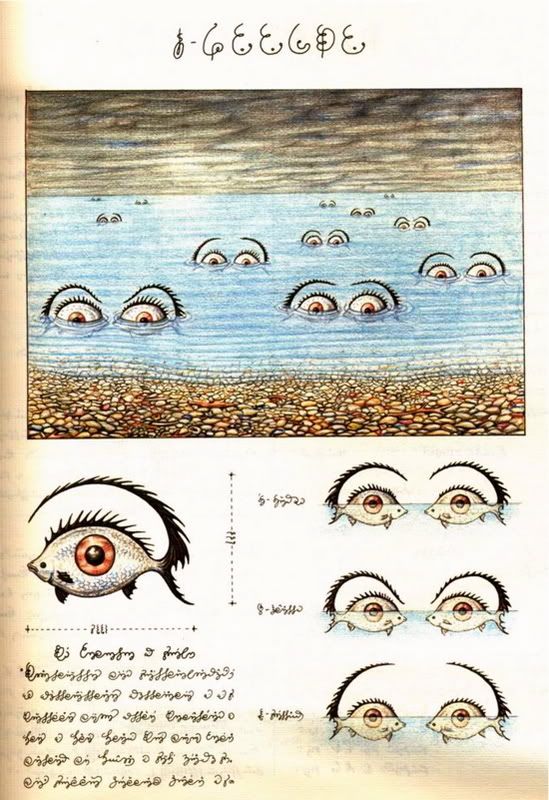



There's much more to this publication than I've shown, so do yourself a favour and check out this list
where it has been digitized in its surreal entirety! It has been compared to the
Voynich Manuscript, a medieval manuscript in an undeciphered script (looks like a combination of roman characters and numbers) with illustrations of a seemingly scientific nature (botanical, astronomical or astrological, pharmaceutical) which has confused cryptologists and medievalists for decades.
*Hint to friends and loved ones: I need this book. Any edition is fine by me!



























